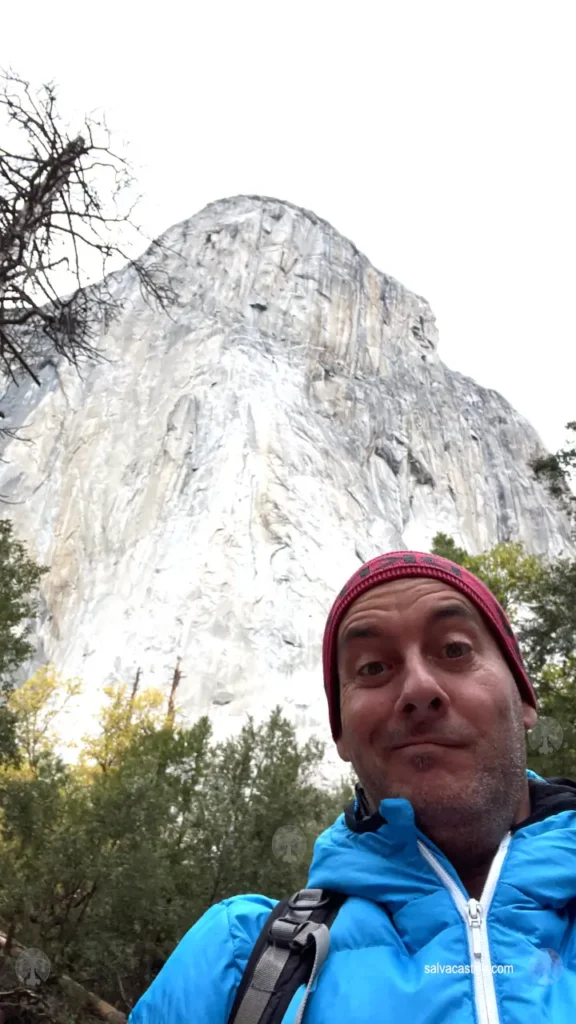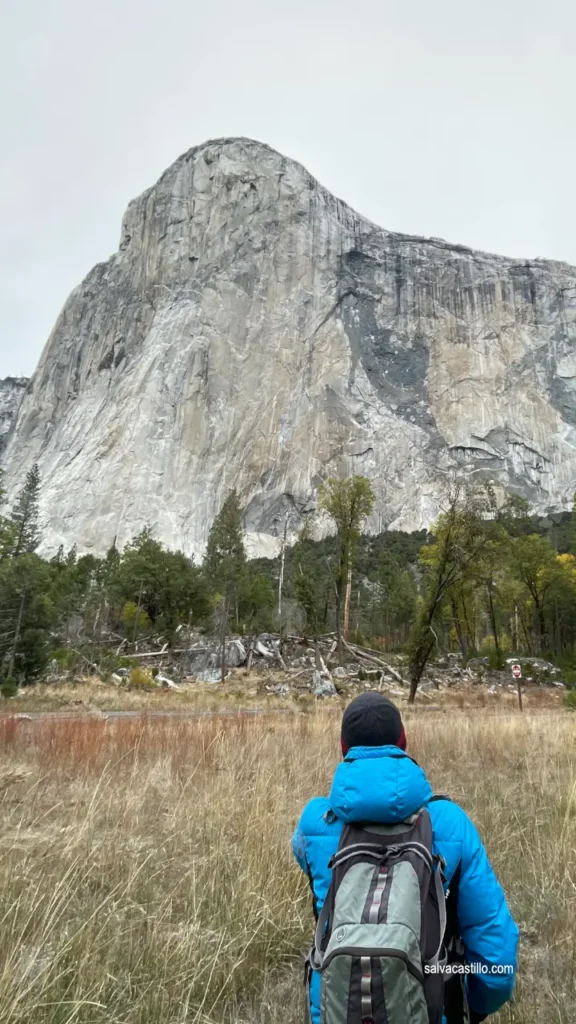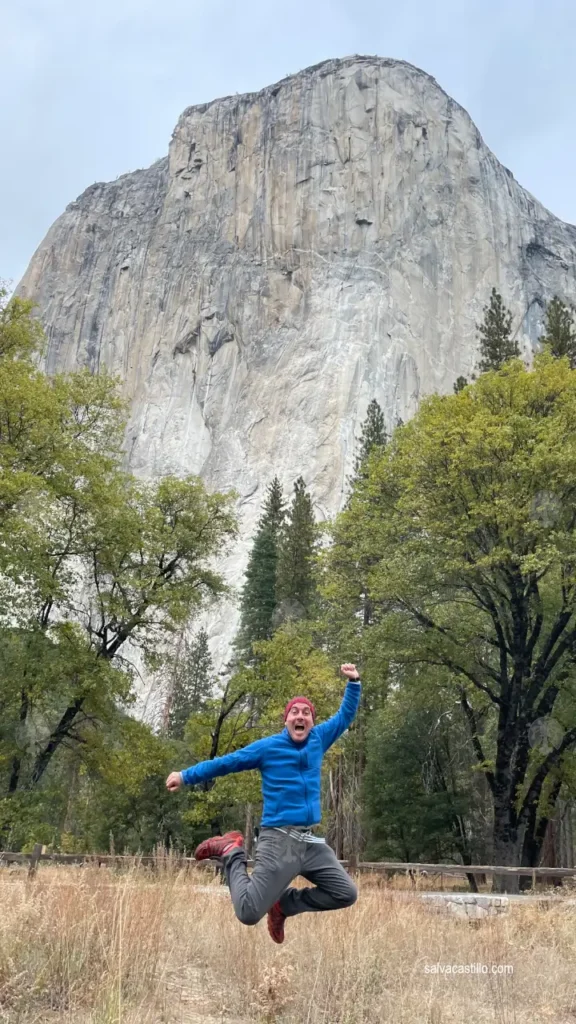Yosemite is immensely large, and a multi-day visit is necessary to see the park. Even if you use a car, it can take hours to get around. It has a limited capacity and on good weather days you may be denied entry due to the influx of visitors, so it is recommended to go early in the morning.
The point of maximum interest is the so-called Yosemite Valley, located near the western entrances of the park, which was sculpted in a U-shape by the action of glaciers a million years ago. It gathers on its flanks several emblematic mountains and waterfalls of the park, among them El Capitan.
El Capitán
The epicenter of the rock climbing universe, and one of the most breathtaking natural landscapes anyone can ever see.

Watching the documentary of Alex Honnold’s extraordinary feat gives an idea of the mystique of this immense granite mass.


It is 914 m. high, and the first climbers initially took between one and two weeks to open each of the different routes and equip them for climbing. Some of the points seen in the photo below are climbers.

The climb is not done in a straight line, but depending on the route chosen, it is done at a greater or lesser angle, or even descends in some sections and then ascends again. For this reason, the base-top distance can be more than 1 km.

Throughout the day climbers could be seen working the routes, some climbing and others rappelling down.

The base had several tents set up in a couple of camping areas. There is always someone climbing El Capitan.

El Capitán Meadows and the Cathedral Rocks
At the base of El Capitan are the meadows, through which the Merced River meanders along the valley. Some sandy beaches can also be found in the area. Directly in front of El Capitan is the Sentinel Bridge and Cathedral Beach, named for the mountain formation across the valley.
